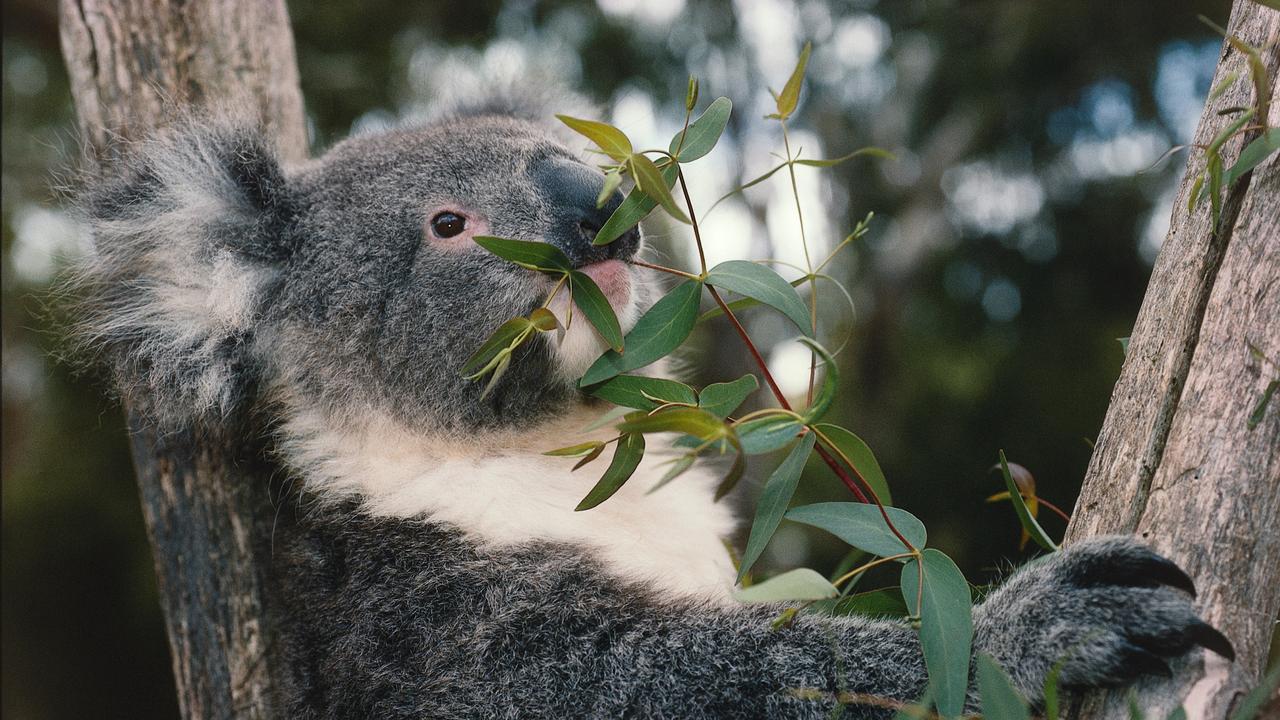Flinders University scientists relocate pygmy blue-tongue lizards to save them from climate change
Scientists are trying to move an endangered lizard before climate change makes the Mid North too hot.
Climate change threatens the survival of pygmy blue-tongue lizards in the state’s Mid North, so Flinders University scientists are working with farmers to see if they can move them to safety further south.
So far 52 lizards have been relocated to a farm 90km north of Adelaide, where they will be monitored for five years as part of a $400,000 Australian Research Council project.

Lead researcher Associate Professor Mike Gardner says areas in the north of the state will become hotter and drier as the climate changes, which means there will be less food around for the lizards.
“In 50 years or so, the modelling shows that the populations in the north of their range are going to go extinct,” Dr Gardner said.
“So we need to know how to move those lizards; this is what this project is about.”

Pygmy blue-tongues are unique to SA and live in grasslands, mainly sheep grazing land in the Mid North.
They featured in David Attenborough’s documentary on reptiles, Life in Cold Blood. The species, once thought extinct, was found living in spider burrows at Burra.
Lizards from Burra and Kapunda were collected in early spring, then held in captivity at the university before their release into artificial wooden burrows within open-air enclosures installed on the farm.
Associate Professor Gardner says the biggest risk is from predators, particularly birds of prey, and cameras have been set up to monitor activity.


Koala teeth used to create map
Meanwhile, koala teeth and bones have been used to create a map that archaeologists can now use to trace the geographic origins of other biological artefacts.
As Flinders University senior lecturer Dr Ian Moffat explains, the rocks and soils of a place are responsible for telltale chemical signals in living things.
“All animals including people take up, from the food they’re eating and the water they’re drinking, the isotope composition of the local geology,” he said.
“You and I that ate wonderful cheese from the Adelaide Hills or wine from Tasmania and apples from Chile, so it’s a mix of everything, but for people from prehistory or for animals, they tend to source everything from the same area where they live.”
This knowledge, combined with chemical analysis of teeth and bones from koalas (and rats where koalas were not available), has been used to create Adelaide’s first “strontium isotope map”.

It’s a first for South Australia and the first time koalas have been used to do the job, but probably not the last. That’s because, Dr Moffat said, they are perfectly suited to the task, “like a custom designed isotope mapping machine”, because they don’t drink water. They get all they need from eating gum leaves, so there’s no confusion between isotopes from these plants, growing in the soil, and isotopes from the water flowing from elsewhere down a creek or river.
“As koalas don’t move much, they have a really local signature and because they’re not drinking water, you just get stuff from that place where they live, so there really is no better animal for doing isotope mapping with,” Dr Moffat said.
Now the scientists want to expand the area and ultimately create an isotope map for the whole of Australia. It’s a way of linking archaeological artefacts to the area from which they came, using the chemistry of the rocks and soil.
The research is published in the Journal of Archaeological Science.




